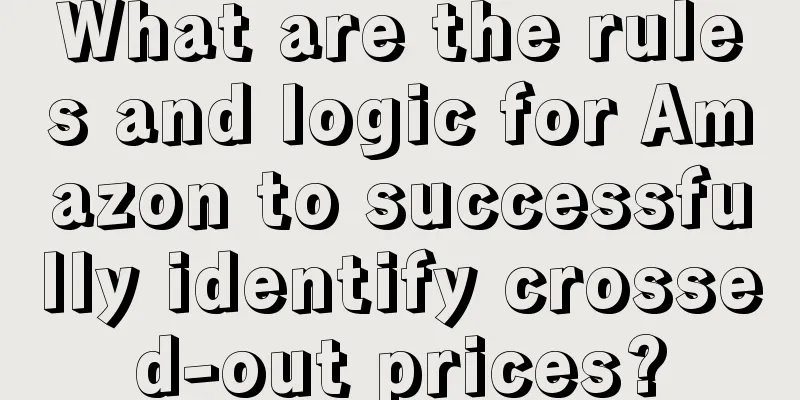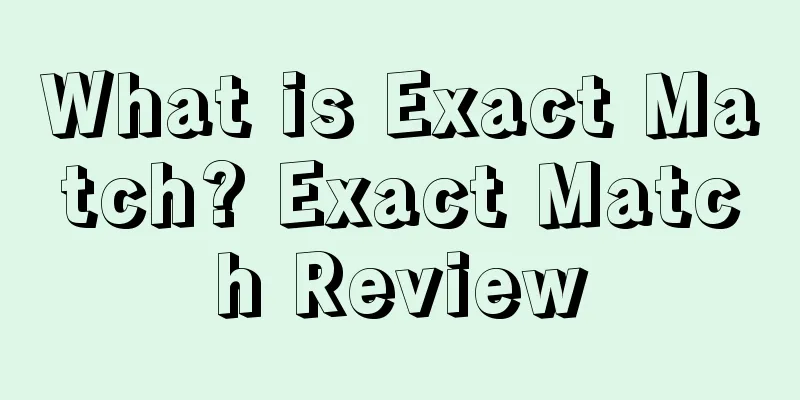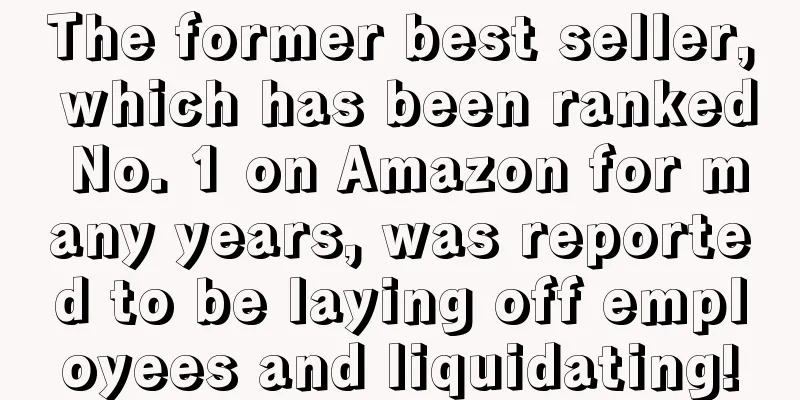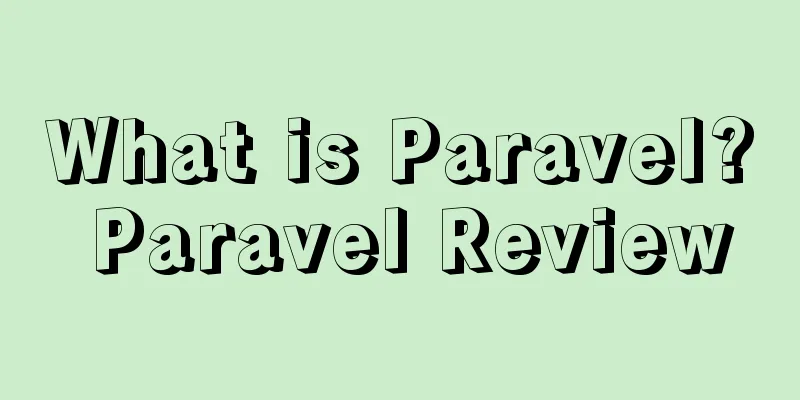What are the rules and logic for Amazon to successfully identify crossed-out prices?

How does Amazon's product list price come from? What are the rules and logic for Amazon to successfully identify the list price? |
<<: I heard! Amazon may start paying for its warehouse space?
>>: Amazon's warehousing policy will usher in a major adjustment!
Recommend
What is the Madrid International Trademark? Madrid International Trademark Review
Madrid International Trademark Registration is a t...
Why did the Buy Box disappear? The reason turned out to be...
Understanding the Buy Box The Buy Box is what ever...
U.S. port container volume will slow down in spring! China's city lockdown may be more conducive to alleviating port congestion!
It is learned that Gene Seroka, executive director...
Facebook Ads Beginner's Guide: Learn about Facebook Ads Reach Objectives in One Article
Want your Facebook ads to be shown to your target ...
What is DealAm? DealAm Review
DealAm.com is the first North American discount in...
Amazon is reported to use AI cameras to determine delivery drivers' salaries and employment qualifications!
<span data-shimo-docs="[[20,"获悉,据外媒报道,亚马逊正...
Pinduoduo Temu cuts prices at the beginning of the year, and a large number of sellers automatically reduce prices
New Year, New Atmosphere. Say goodbye to the old j...
Responding to Verna: Patriots are never alone
First of all, I want to make it clear that no mat...
What is SageMailer? SageMailer Review
SageMailer is a review request software favored by...
Canada's Black Friday total retail sales fell 6%! Multiple categories suffered setbacks
It is learned that according to NPD, total retail ...
What is AutoBot? AutoBot Review
Founded in 2015 by former Alibaba and Oracle emplo...
Peak season returns are coming! "Refund without return" will cause sellers to lose $4.4 billion
It is learned that according to AlixPartners resea...
Purchasing power increased by 69%! This group of people in the United States cannot be ignored!
<span data-shimo-docs="[[20,"获悉,根据尼尔森的报告,目...
What is RaRa Delivery? RaRa Delivery Review
RaRa Delivery is an Indonesian instant delivery st...









